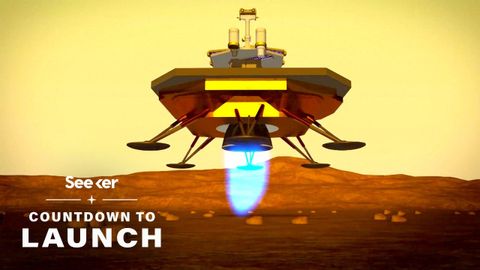
Subtitles & vocabulary
How China’s First Mission to Mars Could Be a Gamechanger
00
Summer posted on 2020/07/30Save
Video vocabulary
unprecedented
US /ʌnˈprɛsɪˌdɛntɪd/
・
UK /ʌnˈpresɪdentɪd/
- Adjective
- Not having happened before, or to such a degree
B1
More exclusive
US /ɪkˈsklusɪv/
・
UK /ɪk'sklu:sɪv/
- Adjective
- Being available only to people with a lot of money
- Available to only a particular person, group
B1TOEIC
More achieve
US /əˈtʃiv/
・
UK /ə'tʃi:v/
- Transitive Verb
- To succeed in doing good, usually by working hard
- To succeed in reaching a particular goal, status, or standard, often after effort or perseverance.
A2TOEIC
More Use Energy
Unlock All Vocabulary
Unlock pronunciation, explanations, and filters
